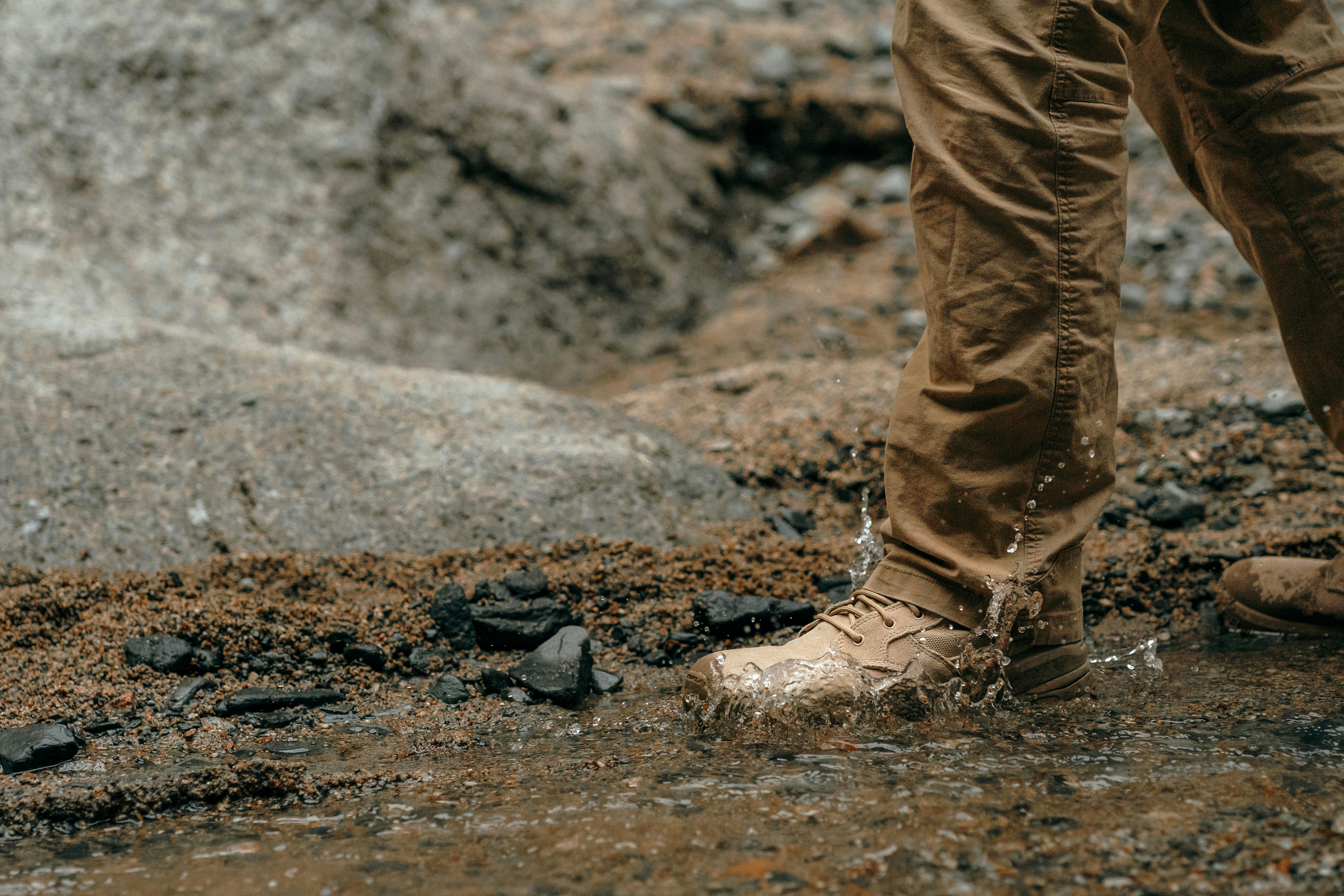LCDA vs Pandolf vs Fusion: Rucking Calories Debate (No Perfect Answer)
· 9 min read · rory@getrucky.com
calories science weighted vest modeling

LCDA vs Pandolf rucking calories is a friendly nerd fight. The new LCDA weighted‑vest model (Looney 2024) reports higher accuracy than classic Pandolf mechanics, while our app’s proprietary Fusion blends mechanics with heart rate and weather controls for real‑world stability. There’s no single perfect answer—each method makes trade‑offs. Here’s the debate in plain English, and how we choose inside the app.
- LCDA (vest‑specific): Predicts metabolic rate in W/kg with speed and vest load fraction; excellent lab/field validation.
- Pandolf (mechanics): Simple, time‑tested backpack model; can drift at high loads unless corrected.
- Fusion (our app): Proprietary blend of mechanical + heart‑rate with weather/terrain caps—built for day‑to‑day consistency.
- No one model wins everywhere: Pick by context—data quality, terrain, gear (vest vs pack), and your tolerance for variance.
What each model actually is
LCDA (Looney 2024, vest): Equation predicts metabolic rate as W/kg from walking speed and vest load as a fraction of body mass plus a resting term; validated internally and externally with high concordance. The broader LCDA framework also supports grade and surface adjustments.[1], [2]
Pandolf (mechanics): A classic backpacking model that outputs Watts from body mass, load, speed, and grade. In our calculator we use a conservative load‑ratio correction and clamp extremes to avoid silly outputs. It’s robust and transparent.[4]
Fusion (our approach): A proprietary blend that leans on mechanics when heart‑rate is sparse and leans more on HR‑based physiology when coverage is good. We include weather/terrain controls and caps to prevent extreme swings from noisy sensors. It’s designed for free‑living conditions, not just the lab.
Where they agree—and where they argue
- Speed matters: Faster walking raises energy cost in all models.
- Load matters: Heavier load increases cost; LCDA treats vest load explicitly as a body‑mass fraction, while Pandolf uses a generic load ratio.
- Grade/terrain: Uphill and unstable surfaces increase cost in both frameworks; LCDA and Pandolf handle this via different terms.
- Output units: LCDA predicts W/kg; Pandolf predicts W. We convert both to kcal with duration.
- Backpack vs vest: LCDA includes a vest‑specific term validated up to ~66% body mass; traditional Pandolf was fit for backpacking and can mis‑estimate vest scenarios without adjustments.[1], [2]
Our choices in the app (and why)
- Calculator default: We use an enhanced Pandolf implementation with a conservative load‑ratio correction, grade handling, and terrain multipliers. Why? It’s transparent, fast on‑device, and behaves well when you tweak inputs. Try it here: Rucking Calorie Calculator.
- Session calories: When you record a ruck, our proprietary Fusion blends mechanical and HR‑based estimates with weather/terrain controls and safety caps. This reduces spiky readings from sensors and better reflects your physiology day‑to‑day.
- LCDA status: We have not shipped LCDA’s vest‑specific term in the app yet. We’re benchmarking it side‑by‑side against our data. If it improves accuracy without creating volatility, we’ll add it as an option or a context‑aware toggle.
So which model should you trust?
- Planning a session: Use the calculator’s mechanics for quick "what‑if" scenarios by weight, pace, grade, and terrain.
- Reviewing a recorded ruck: Trust Fusion’s smoothed result when HR coverage is good; it’s designed for real life, not just lab averages.
- Weighted vest focus: LCDA’s vest term is compelling; we’ll add it if our validation shows a practical improvement.
Rucking Calorie Calculator
Estimate calories by body weight, pack/vest weight, pace, grade, and terrain with our free tool: Open the Rucking Calorie Calculator.
References
- Looney, D.P. et al. (2024). Metabolic Costs of Walking with Weighted Vests. Med Sci Sports Exerc. Publisher.
- Looney, D.P. et al. (2022). Modeling the Metabolic Costs of Heavy Military Backpacking (LCDA). Med Sci Sports Exerc. Open access.
- Weyand, P.G. et al. (2021). Real‑world walking economy on mixed‑terrain course. J Appl Physiol. Open access.
- Complex Terrain Load Carriage Energy Expenditure (2018). Med Sci Sports Exerc. Publisher.
- Review: Physiological impact of load carriage (2022). Open access.
Why do my app calories differ from online calculators?
Is LCDA always more accurate than Pandolf?
Does a weighted vest burn different calories than a backpack?
Will you switch the app to LCDA?
Related Guides
- Rucking Calories Burned - Mechanics, models, and estimates
- Weighted Vest vs Rucking Calories - Compare contexts
- What Is Rucking? - Complete beginner's guide
- Rucking Calorie Calculator - Estimate your exact burn
Enjoyed this guide? Download the app to track your rucks, calories, and progress: iOS · Android